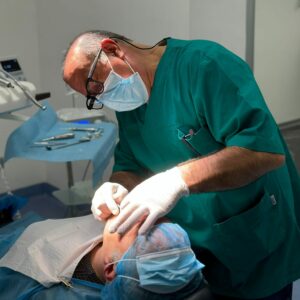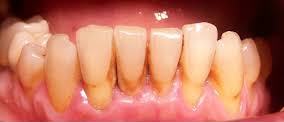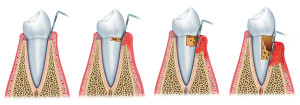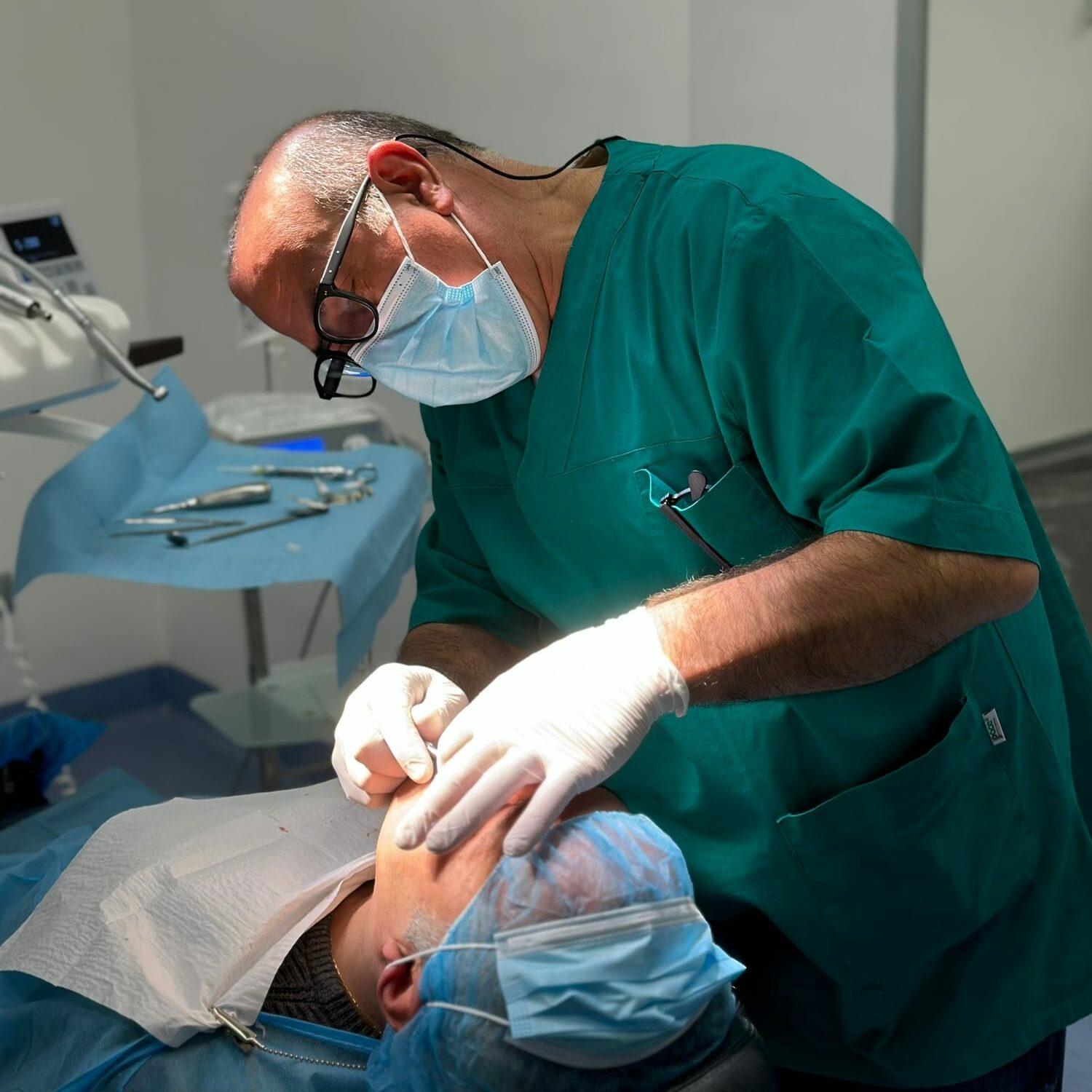The post-extraction implantology techniques in traditional dentistry involve the insertion of the dental implant a few months after the extraction of the tooth, to favor the complete healing of the implant site.
The technique of deferred loading implantology has some disadvantages for the patient:
- long times;
- higher costs;
- more intervention sessions.
Placement of implants after extraction
Today, thanks to innovative tools, it is possible to extract one or more teeth without any trauma for the patient and above all with the advantage of not damaging the alveolar bone in any way.
The possibility of keeping the tissues intact after extraction is an optimal condition for the immediate insertion of dental implants.
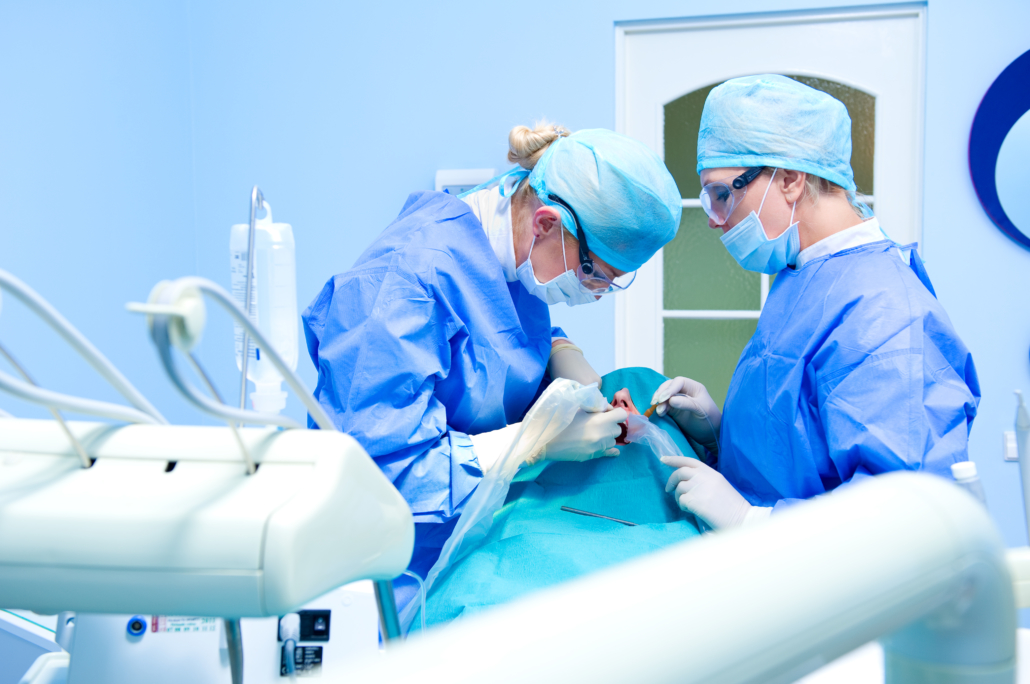
Post-extraction implantology therefore considerably reduces the time for the patient, with the possibility of having fixed teeth in a single session.
Post extraction implantology: duration of implants
A study on post-extraction implant success after 22 years was published in the January 2020 issue of the Journal of Prosthodontics.
The analysis involved dental patients who had dental implants inserted in 1997, there are 35 patients for a total of 36 dental implants, with an age, in the intervention phase, between 40 and 54 years.
All patients had undergone post-extraction implantology with immediate loading.
Clinical evaluations were carried out using the data collected during the follow-up visits after 1, 5, 10, 15, 20 and 22 years after the implant treatment.
Of the 35 patients monitored, only one patient experienced implant failure. No complications occurred in the remaining patients.
The implant survival rate was therefore 97.2% after 22 years.
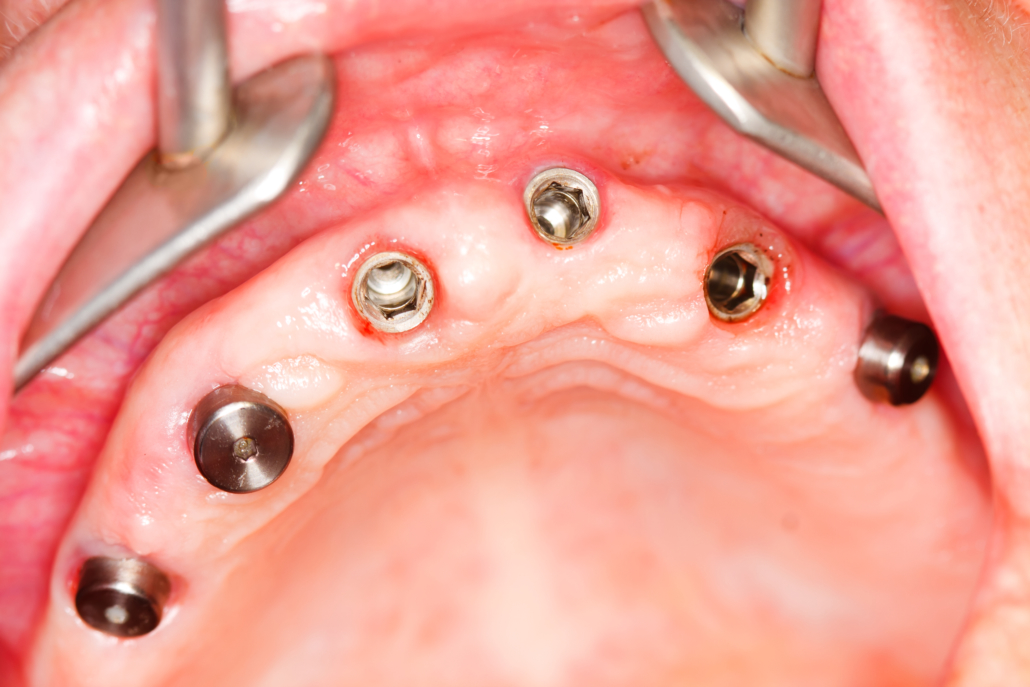
Post-extraction implantology with immediate loading therefore has an excellent success rate.
Post-extraction implantology: what to consider
The success of a post-extraction implant surgery must take into account some very important variables.
Some variables are to be attributed to the patient’s state of health and therefore:
- the evaluation of the single clinical case;
- patient anatomy, bone density, bone thickness;
- evaluation of any ongoing inflammation of the oral cavity.
Other variables, on the other hand, are linked to the reference dental clinic. In fact, a post-extractive implant surgery requires considerable experience on the part of the dentist, because it is an intervention to be faced at the moment. Once the tooth has been extracted, it is not always certain to find the expected clinical situation.
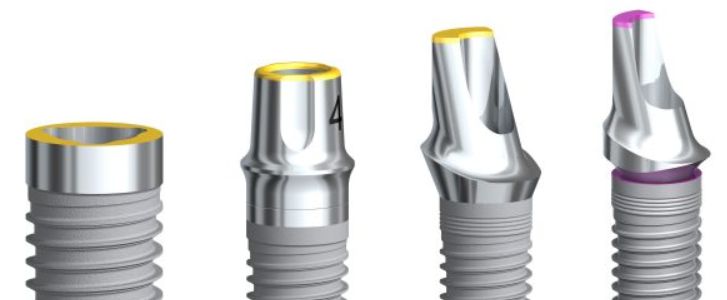
In addition to this aspect, it is very important for the success of the treatment that the implantology center is equipped with a wide range of dental implants, precisely because, based on the clinical situation, the dentist will evaluate the insertion of short, long or still tilted.
Relying on a center of excellence is a further guarantee for the patient who intends to undergo a post-extraction implant surgery.





